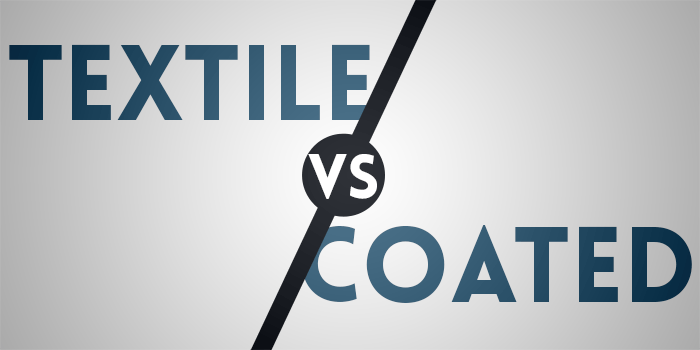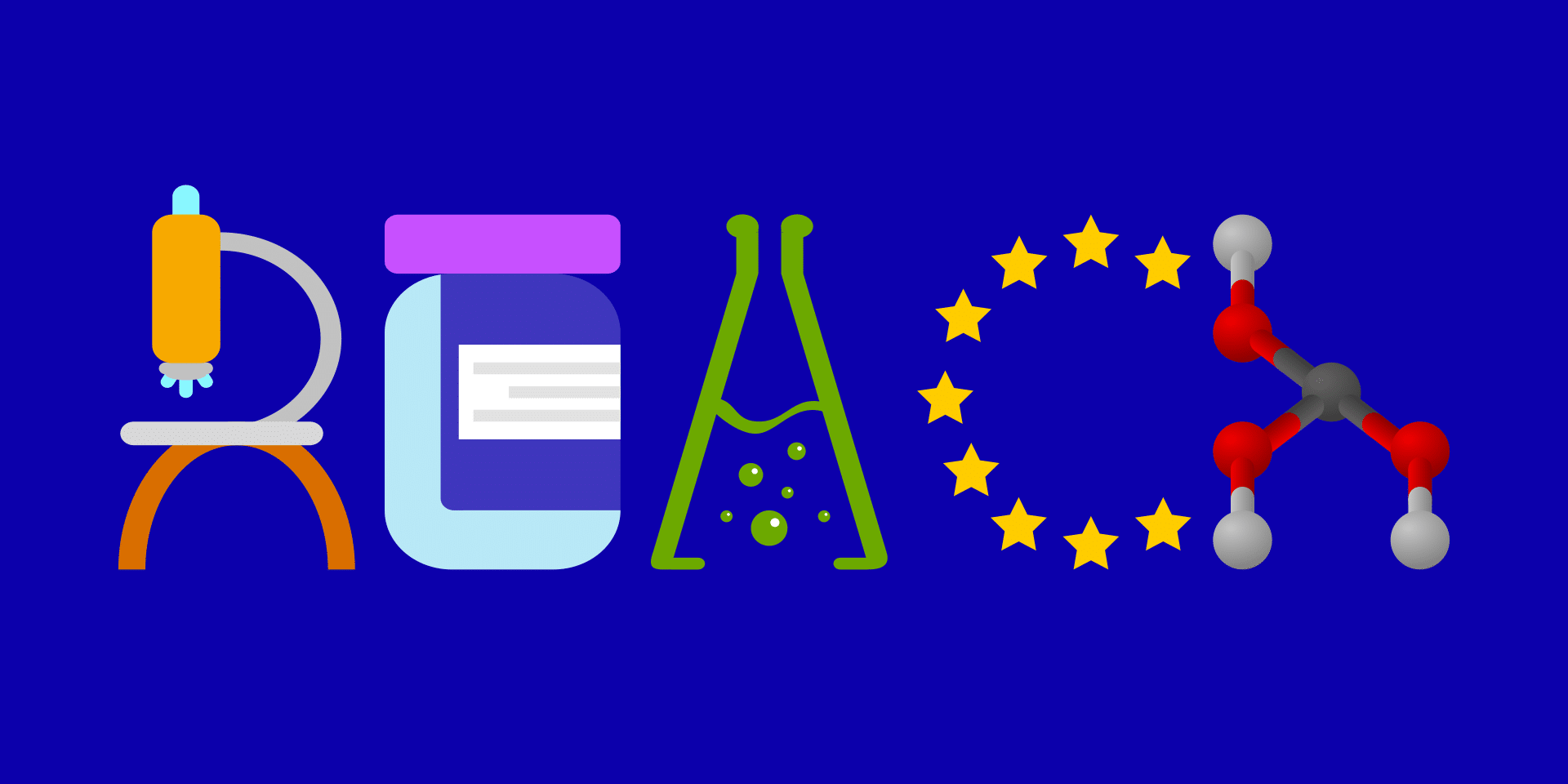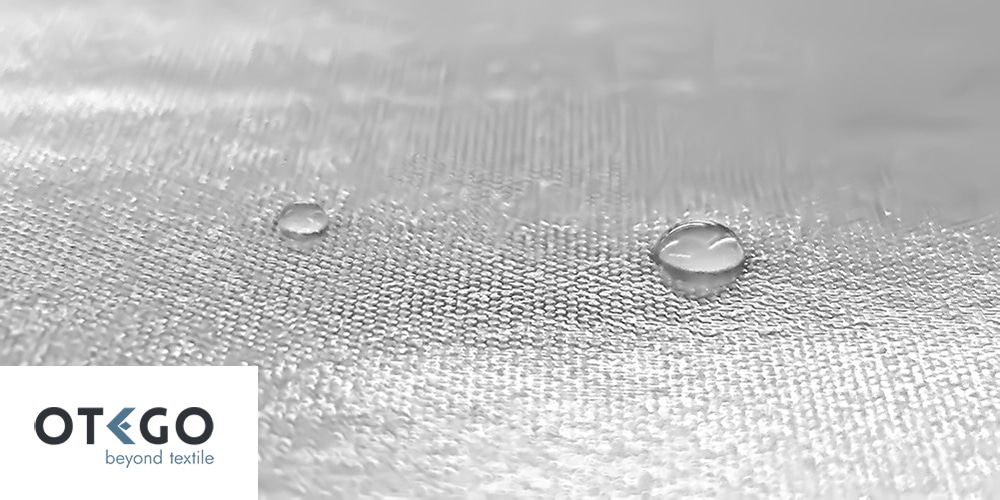
Musculoskeletal Disorders in the Tire industry
There are many factors in the work places that cause sick leaves. MSD (Musculoskeletal Disorder) is one of them; these are all the pains related to the muscles, the joints, the sinews. The MSDs problems are present in office work and in industries. The repetition of a movement, the poor posture, the mechanical and manual handling provokes MSDs.
1 – WHAT IS THE MUSCULOSKELETAL DISORDERS ?
The MSD in France represents:
- 87% of occupational diseases recognized and compensated
- In 45% of cases the sick leaves become permanent incapacities
- 2 million days of work were lost in 2017
MSDs related to sick leaves never appears suddenly, some symptoms are noticeable before:
- Aches
- Difficulties to do a specific movement
- Numbness of a limb
Most of the time when the symptoms appear there aren’t dealt with because for long time there were considered by being part of the job so there has taken no measures to train the employees for good methods or to improve production practices.
But we now know the zones that are the most impacted by MSDs. Mainly this is the upper body, more precisely the wrists, the elbows, the shoulders and the back that are affected.
The causes related to the MSDs are:
- Manual handling
- Physical efforts
- Compelling posture
Some factors can increase and accelerate the creation of a MSD as the cool or the use of a vibrating tool.
2 – THE ISSUE FOR THE INDUSTRIES
The tire industry is impacted by the MSDs disease. In this type of field the ergonomics are not really optimized. In fact, the operators need to push a cart full of rubber, or to move materials from the carts to the machine to prepare the layers. For some positions the tasks are repetitive then it improves the risks of MSDs. Some other tasks require a lot of efforts for example to remove the blocked rubber between the rollers.
The main challenge is to adapt the facilities for the operator because every person don’t have the same morphology and don’t have the same needs.
The risks are the same in rubber industry but the 3 common movements that leads to MSDs are:
- To Push
- To Pull
- To Lift
3 – A REAL AND SPECIFIC CASE OF MSD IN THE TIRE INDUSTRY
Recycling of Rubber scraps
One of the perfect illustration of causes for MSD can be found in the tire industry. Often during the tire manufacturing, rubber wastes are generated and needs to be recycled. These wastes are stack, on top of each other, before to be processed. Even though automatization is now common in tire plants, the rubber scraps still needs to be processed by hand. The operator has to lift the scraps by stacks to process it However because tire manufacturing uses green rubbers (extremely sticky), the weight of the compound will cause the stacks to stick together. To remove them it requires tremendous effort which can lead to MSDs.
An internal study reveals that the force requires to detach those stacks can go up to 45 daN (or 45KG) for each lift. If we multiply this by 10 or 20 times per day, it is easy to understand why it is a cause of risk for the operator.
As part of the solution, tire makers can use a fabric separator to limit the agglomeration of the stacks and to facilitate the release. This helps to improve ergonomics and most importantly it can reduce MSDs pains.
OTEGO has developed a material that can drastically reduce the adhesion of the rubber compound to help prevent MSD. The fabric features a non-contaminating coated polymer to be used as a separator in between stacks. An internal study conducted by tire manufacturers has established that using this method brings the force required by the task to under 10 daN (4 times less than with a non-suitable material).
Check OTEGO’s tire industry solutions.
Rubber compound storing (cassettes)
Another cause of MSD in the tire industry could be identified as the manipulation of rubber storing cassettes used for the production, prior the tire building. Those cassettes are used to store different tire parts (tread, sidewalls, bodyplies…) that will ultimately be used to assemble the final product. A medium size plant can easily count thousands of those equipments which can come in all form, size and shape. The only common denominator being their weight.
Once fully loaded with fresh compound, they can weigh hundreds of kilograms each. If the extrusion and the building processes are often automatic and require only a handful of operators, moving and changing those cassettes is still a task that have to be performed manually, several time per day. Pulling and pushing those carts can also be a cause for MSD and should not be overlooked.
OTEGO also takes this factor into account in the developing of new products. Selecting lightweight material to provide lightweight release liners is a commitment we make to help preventing the risks of labor injuries.
To learn more about the specificities our technical team is ready to answer your questions.


